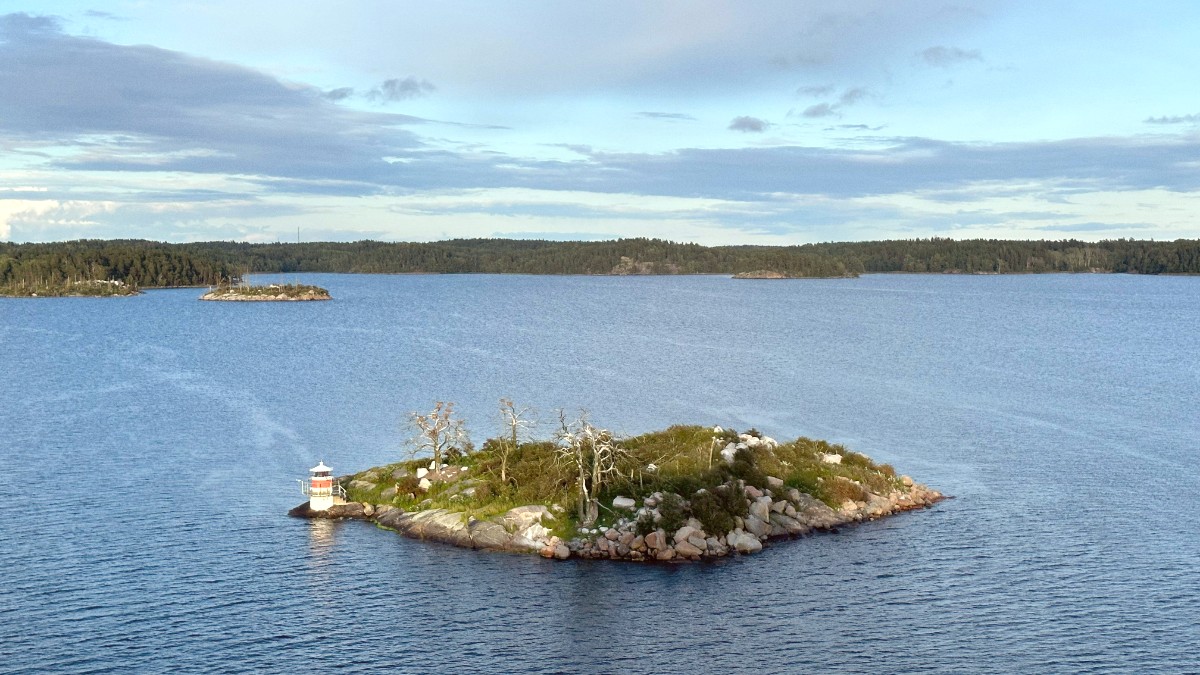
Sweden
Budget-friendly lodging. Dormitory beds or private rooms available. STF Grinda Wärdshus & Vandrarhem combines a hostel with a traditional inn on a beautiful nature island. A good choice for solo travelers, backpackers, or families on a budget.
Smaller, family-run places. They include breakfast and personal touch. You will find these on many inhabited islands.
Boutique to larger establishments, mainly on Vaxholm and Sandhamn, and mainland towns. Various amenities, restaurants, bars, sometimes spas.
A popular choice, especially for families or longer stays. Many have self-catering facilities. They vary from rustic to well-equipped houses, available for rent.
High-end lodging. Found on select islands, with fine dining and waterfront locations. Sandhamn Seglarhotell on Sandhamn island is an example.
Traditional inns with historic charm, rooms, and restaurants focusing on local cuisine, especially fresh seafood. Authentic island living.
Options for luxury camping experiences, often with pre-pitched tents, yurts, or comfortable domes with proper beds and amenities. Outdoor adventure with comfort.
Common through international platforms like Airbnb and local agencies, specifically for cottages and larger houses. Popular for weekly rentals during summer.
Sweden's "Right of Public Access" (Allemansrätten) supports wild camping for a night or two on most uncultivated land. Do not disturb landowners or damage nature. Specific rules apply to protected nature reserves and private islands, where camping may be restricted or prohibited. Always check local rules.
Sweden's "Right of Public Access" (Allemansrätten) supports wild camping for a night or two on most uncultivated land. Do not disturb landowners or damage nature. Specific rules apply to protected nature reserves and private islands.
Check local regulations for specific areas. Camping may be restricted or prohibited in nature reserves and on private islands. Always verify rules for your chosen location.
The "neighborhoods" of the Stockholm Archipelago are distinct islands or clusters of islands. Each has its own character.
Larger, traditional islands with small villages, active farms, and less developed nature. Provides a more authentic archipelago living. Excellent for longer stays, with hiking and cycling. Less crowded than popular islands. Fewer services. Less frequent ferry connections. Quiet, peaceful, rustic ambiance.
Remote island groups. Rugged, windswept, largely untouched. Focus on pristine nature, rich birdlife, and profound tranquility.
Difficult to access. Very few public ferry services; often a private water taxi or specialized tour is needed. Very limited or no services or accommodation. Self-sufficiency needed. Extremely quiet and natural ambiance.
Plan your accommodation in advance.
Book several months ahead for peak summer. This is true for popular islands and specific lodging types like cottages or highly-rated hotels.
Booking 1-2 months ahead is recommended. Travel on weekends during this period may see more demand.
More availability exists. It is often possible to book accommodation a few weeks or even days in advance.
Global Platforms: Booking.com, Airbnb, and Expedia widely used. Local Platforms: Visit Stockholm (Stockholm Visitors Board) and specific island websites list local accommodations. STF (Svenska Turistföreningen) a reliable source for hostels.
Significantly higher prices due to demand.
Considerably lower prices in shoulder and low seasons.
Book early for popular spots. This helps confirm your desired dates.
High season often has stricter non-refundable terms. Always check these before confirming.
Booking.com, Agoda, IHG Hotels, Hostelworld, and Vrbo are widely used.
Visit Stockholm (Stockholm Visitors Board) and island websites list local accommodations. STF (Svenska Turistföreningen) is a reliable source.
TrustedHousesitters is a platform for house/pet sitting exchanges, a unique option.
Hostel/Vandrarhem (Grinda): Eco-island focus, family-friendly, dorms and private rooms, restaurant, nature activities. Good for active travelers. Guesthouse/B&B (Vaxholm / Värmdö): Often historic settings, charming atmosphere, waterfront views, good for a peaceful stay. Traditional Inn (Möja): Authentic island inn, local food, cozy rooms, deep dive into island life, accessible by ferry.
Hotel (Boutique) (Vaxholm): Historic hotels in town centers, often with water views, fine dining, easy ferry access. Ideal for convenience and charm. Luxury Resort (Sandhamn): Modern design, spa facilities, pool, multiple restaurants, lively sailing atmosphere. Good for a social and upscale experience.
For better value, book a self-catering cabin or a hostel with kitchen facilities. This helps in managing expenses by allowing you to prepare meals.
Self-catering cabins are often suitable for families. Extra space and independent living for a comfortable stay.
Staying in local guesthouses or inns connects you with the island's unique character and residents.